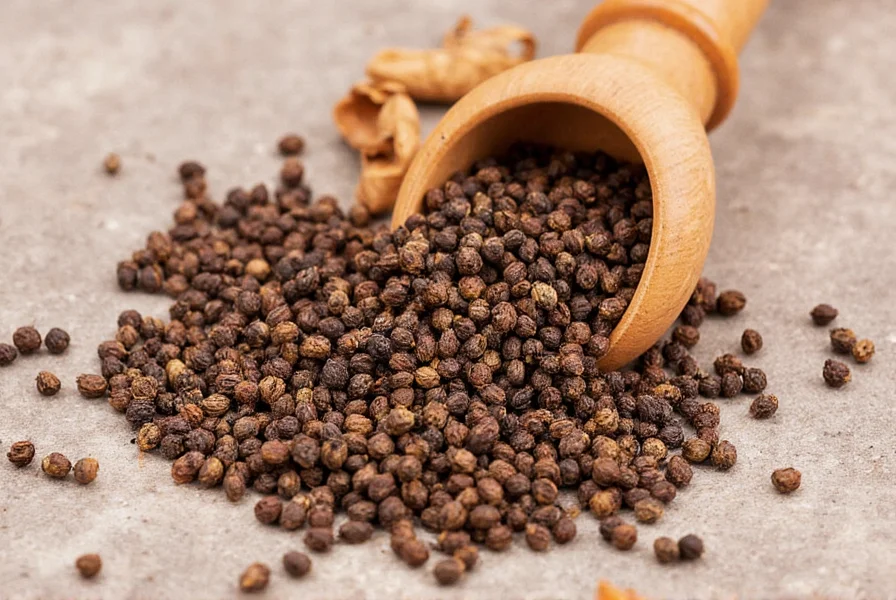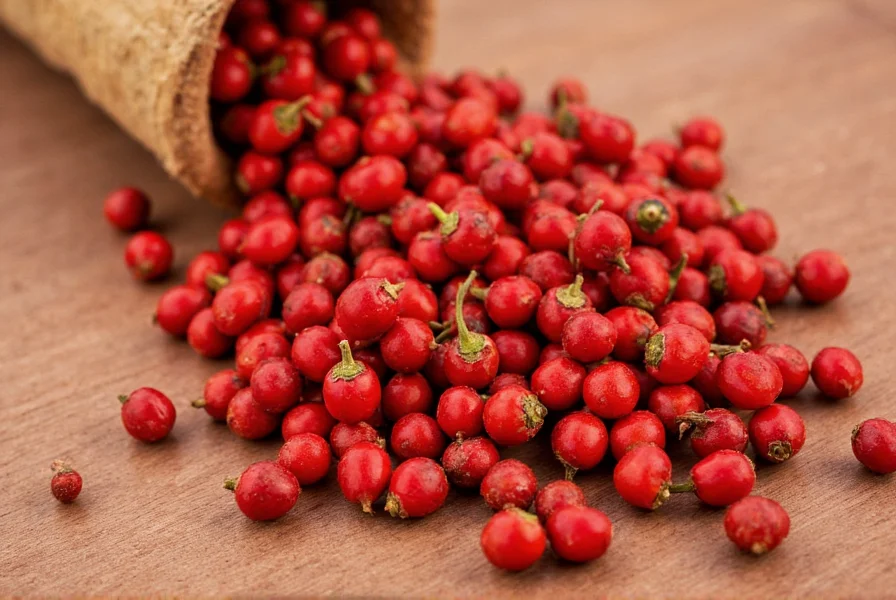When exploring where does the spice pepper come from, we uncover a fascinating journey that begins in ancient India. This humble vine has shaped global trade routes, influenced economies, and seasoned cuisines worldwide for millennia. Understanding pepper's true origins provides insight into one of history's most influential botanical discoveries.
The Ancient Origins of Pepper
The pepper plant (Piper nigrum) is a flowering vine native to the Western Ghats mountain range along India's Malabar Coast. Archaeological evidence suggests pepper was used in the Indus Valley Civilization as early as 2000 BCE. Ancient Indian texts, including Ayurvedic medical writings, reference pepper's culinary and medicinal properties dating back 3,000 years.
For centuries, Indian merchants maintained a monopoly on the pepper trade, exporting it along maritime routes to the Middle East and beyond. The spice became so valuable that it was often referred to as "black gold" and used as currency in many ancient civilizations.
Botanical Characteristics of the Pepper Plant
Piper nigrum thrives in tropical climates with high humidity and consistent rainfall. The plant produces small, berry-like fruits called peppercorns that grow in clusters along the vine. These peppercorns change color and flavor profile as they mature and undergo different processing methods:
| Pepper Type | Processing Method | Flavor Profile |
|---|---|---|
| Black Pepper | Sun-dried with outer layer intact | Sharp, pungent, complex |
| White Pepper | Soaked to remove outer layer, then dried | Milder, earthier |
| Green Pepper | Harvested early and preserved | Fresh, herbal |
| Red Pepper | Allowed to fully ripen on vine | Sweet, fruity |
How Pepper Spread Across the Globe
The historical journey of where the spice pepper comes from extends far beyond its Indian origins. Ancient Greek and Roman traders established routes to obtain pepper from Indian merchants, with records showing Roman demand was so high that it drained the empire's treasury.
During the Middle Ages, Venice became the primary European distribution point for pepper, creating immense wealth for Italian merchants. The search for direct sea routes to the pepper-producing regions motivated European explorers like Vasco da Gama, who reached the Malabar Coast in 1498, breaking the Arab and Venetian monopolies.
European colonial powers subsequently established pepper plantations in their tropical colonies. The Dutch controlled production in Java (Indonesia), while the British expanded cultivation in Malaysia and Sri Lanka. Today, Vietnam has become the world's largest pepper producer, followed by Brazil, Indonesia, and India.
Modern Pepper Production Regions
While pepper originated in India, contemporary production has spread across tropical regions worldwide. The ideal growing conditions—consistent temperatures between 75-85°F (24-29°C), high humidity, and well-drained soil—exist in several equatorial regions:
- India: Still produces high-quality Malabar and Tellicherry peppercorns
- Vietnam: Largest global producer, accounting for approximately 34% of world supply
- Brazil: Major producer of both black and white pepper varieties
- Indonesia: Known for Lampung and Muntok white pepper
- Madagascar: Produces distinctive pink peppercorns (though botanically different)

Pepper's Cultural and Economic Significance
Understanding where does the spice pepper come from reveals its profound impact on human history. In medieval Europe, pepper was so valuable that it was often secured in locked boxes and measured out individually. The term "peppercorn rent" originated from using a single peppercorn as symbolic payment for property leases.
Pepper's importance extended beyond cuisine—it served medicinal purposes in ancient healing traditions and was even used as a preservative before refrigeration. The quest for direct access to pepper-growing regions fundamentally reshaped global trade networks and geopolitical relationships.
Identifying Authentic Pepper Products
With pepper's long history and global production, consumers often wonder about the authenticity of their spice. True pepper comes exclusively from the Piper nigrum plant, while many "peppers" like chili peppers (Capsicum species) and pink peppercorns (Schinus molle) are botanically unrelated.
When purchasing pepper, look for whole peppercorns rather than pre-ground spice to ensure maximum freshness and flavor. High-quality black pepper should have a complex aroma with notes of wood, fruit, and floral elements, not just simple heat.
Frequently Asked Questions About Pepper's Origins
Is black pepper originally from India?
Yes, black pepper (Piper nigrum) is native to the Malabar Coast of southern India, specifically the region now known as Kerala. Archaeological evidence shows it has been cultivated there for over 4,000 years before spreading to other parts of the world through ancient trade routes.
What's the difference between black pepper and other types of pepper?
Black, white, green, and red peppers all come from the same Piper nigrum plant but differ in harvest time and processing. Black pepper is made from unripe berries sun-dried with their outer layer intact. White pepper comes from ripe berries with the outer layer removed. Green pepper is harvested early and preserved, while red pepper is fully ripe berries.
Why was pepper so valuable in ancient times?
Pepper was extremely valuable in ancient times due to its limited availability, long shelf life, and multiple uses. It served as a preservative before refrigeration, had medicinal applications, and was highly prized for flavoring food. Its scarcity and high demand along trade routes made it worth its weight in gold in some historical periods, leading to its nickname "black gold."
How did pepper spread from India to the rest of the world?
Pepper spread from India through ancient maritime trade routes established by Phoenician, Greek, and Roman merchants. Arab traders controlled the early spice routes, creating elaborate myths about pepper's origins to protect their monopoly. During the Age of Exploration, European powers like Portugal, the Netherlands, and Britain established direct sea routes to India and later created plantations in their tropical colonies, spreading pepper cultivation globally.
Is all pepper the same regardless of where it's grown?
No, pepper's flavor profile varies significantly based on its growing region. Indian Malabar pepper has a complex, woody flavor with floral notes. Vietnamese pepper tends to be more pungent with higher heat. Brazilian pepper offers a balanced profile with citrus notes, while Indonesian pepper has earthier characteristics. These differences result from variations in soil composition, climate, and processing methods unique to each region.











 浙公网安备
33010002000092号
浙公网安备
33010002000092号 浙B2-20120091-4
浙B2-20120091-4